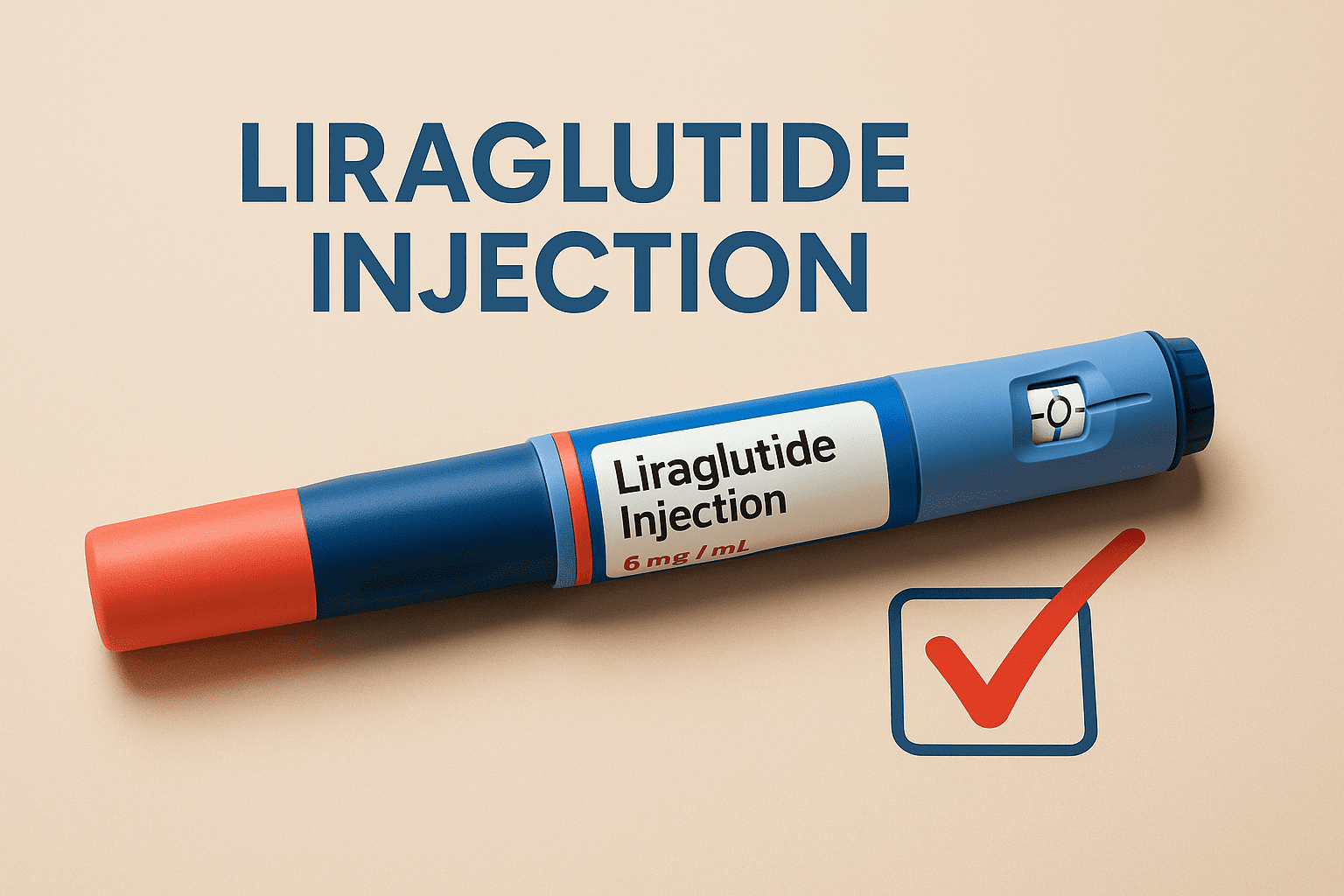Key Points
- Drugmakers are developing new weight-loss treatments that preserve muscle mass while reducing fat, addressing the muscle loss caused by current drugs like Wegovy and Zepbound.
- These treatments target myostatin, a protein that limits muscle growth, and related pathways to maintain muscle during weight loss.
- Companies like Eli Lilly, Regeneron, and Roche are leading this innovation, with drugs in various stages of clinical trials.
Background
Current weight-loss methods, including lifestyle changes, surgery, and drugs like Wegovy and Zepbound, often result in both fat and muscle loss. This can be particularly harmful for older patients, increasing fall risk and reducing strength. To solve this, pharmaceutical companies are racing to develop drugs that preserve or grow muscle while patients shed pounds, focusing on myostatin inhibition and related pathways.
The Science Behind Myostatin Inhibition
Myostatin is a protein that negatively regulates muscle growth by binding to receptors on muscle cells, limiting their growth and differentiation. Inhibiting myostatin allows muscles to grow or at least not shrink, which is crucial during weight loss to maintain strength and mobility. This approach could lead to healthier weight loss, especially for vulnerable populations like the elderly.
Leading Companies and Their Drugs
Several companies are at the forefront of this innovation, with drugs in various stages of development:
- Eli Lilly acquired bimagrumab from Versanis Bio, targeting myostatin to preserve muscle, and is testing it alone and with Wegovy.
- Regeneron is testing trevogrumab, an anti-myostatin antibody, alongside Wegovy and another drug, garetosmab, with results expected next year.
- Roche is evaluating RG6237, an anti-latent myostatin drug, as a monotherapy and plans to combine it with their GLP-1 candidate CT-388 in mid-stage trials this year.
- Other companies like Scholar Rock, Biohaven, Keros Pharma, and Veru are also developing myostatin-targeting drugs, while Arrowhead Pharmaceuticals focuses on RNA-based drugs targeting fat storage.
Surprising Detail: Diverse Approaches
It’s surprising how many companies are exploring different methods, from monoclonal antibodies to RNA interference, all aiming to preserve muscle mass, showing a broad and competitive field in obesity treatment innovation.
Comprehensive Analysis of Muscle-Preserving Weight-Loss Innovations
The pharmaceutical industry is undergoing a transformative phase in obesity management, shifting focus toward treatments that preserve muscle mass while facilitating fat loss. This shift addresses a critical limitation of current weight-loss therapies, such as glucagon-like peptide-1 receptor agonists (GLP-1 RAs) like Wegovy and Zepbound, which often lead to significant muscle loss alongside fat reduction. This muscle loss is particularly concerning for older patients, as it increases the risk of falls, reduces overall strength, and can exacerbate frailty. To tackle this, drugmakers are targeting myostatin, a protein that negatively regulates muscle growth, and related pathways to develop next-generation weight-loss solutions. This report details the science, key players, and potential implications of these innovations, based on recent developments and clinical trial data.
The Role of Myostatin in Muscle Regulation
Myostatin, also known as growth differentiation factor 8 (GDF8), is a member of the transforming growth factor-β (TGF-β) superfamily, primarily expressed in skeletal muscle. It functions by binding to activin type II receptors, activating a signaling cascade that inhibits muscle cell growth and differentiation, thereby limiting muscle mass. Research has shown that mutations reducing myostatin function lead to increased muscle mass in animals and humans, as seen in certain cattle and dog breeds with naturally occurring mutations Myostatin – an overview | ScienceDirect Topics. This has positioned myostatin as a promising therapeutic target for conditions involving muscle loss, including sarcopenia and, more recently, obesity management during weight loss.
In the context of weight loss, the challenge is to reduce fat mass without sacrificing lean muscle mass, which is essential for metabolism, strength, and physical function. Current GLP-1 RAs, while effective for weight loss, can lead to up to 40-60% of weight loss coming from muscle, as noted in studies Wegovy, Zepbound and weight loss drugs that preserve muscle | STAT. This muscle loss is particularly problematic for older adults, where age-related sarcopenia already reduces muscle mass, potentially accelerating frailty when combined with GLP-1 therapies.
Mechanism of Myostatin Inhibitors in Weight Loss
Myostatin inhibitors work by blocking myostatin’s action, allowing muscle cells to grow and proliferate. This can be achieved through various methods, including monoclonal antibodies that bind to myostatin, small molecules that disrupt its signaling pathway, and gene therapies that reduce myostatin gene expression. In weight loss, these inhibitors are often combined with GLP-1 RAs to enhance fat loss while preserving muscle mass. For instance, preclinical studies have shown that myostatin inhibition can increase lean mass and reduce fat mass in obese mouse models, suggesting a potential for improved body composition during weight loss Myostatin Inhibition in Muscle, but Not Adipose Tissue, Decreases Fat Mass and Improves Insulin Sensitivity | PLOS ONE.
The innovation lies in achieving “high-quality weight loss,” where fat is preferentially lost, and muscle is maintained or even increased. This approach could mitigate the metabolic and functional declines associated with muscle loss, such as reduced insulin sensitivity and increased mortality risk, as highlighted in discussions on GLP-1 drug effects GLP-1 drugs for weight loss: Should you worry about muscle mass loss? | Medical News Today.
Potential Benefits and Challenges
The primary benefit of these muscle-preserving treatments is the potential for “high-quality weight loss,” where fat is preferentially lost, and muscle mass is maintained or increased. This could improve metabolic health, reduce frailty risk, and enhance physical function, particularly for older adults. For instance, Veru’s enobosarm showed a 71% reduction in lean mass loss when combined with Wegovy, suggesting significant potential for maintaining muscle during weight loss Veru Reports Muscle Data from 5 Clinical Studies of Enobosarm that Support the Advancement of Enobosarm in Combination with Weight-Loss GLP-1 … | Veru Inc..
However, challenges remain. Safety concerns arise from long-term myostatin inhibition, given its role in muscle regulation, potentially leading to unintended effects Therapeutic applications and challenges in myostatin inhibition for enhanced skeletal muscle mass and functions | Molecular and Cellular Biochemistry. Efficacy must be proven in clinical trials, ensuring these drugs deliver on muscle preservation without compromising fat loss. Combination therapies with GLP-1 RAs require optimization, and regulatory approval processes, such as FDA filings, add complexity and time to market entry.
Conclusion and Future Outlook
The race for muscle-preserving weight-loss treatments marks a pivotal advancement in obesity management, addressing a critical gap in current therapies. By targeting myostatin and related pathways, these innovations promise healthier weight loss, particularly for vulnerable populations. As clinical trials progress, with expected data from companies like Scholar Rock and Keros Pharma in 2025, the field could see transformative options that enhance patient outcomes. However, overcoming safety, efficacy, and regulatory hurdles will be essential to realizing this potential, potentially reshaping the obesity treatment landscape in the coming years.
Reference’s:
- Myostatin – an overview | ScienceDirect Topics
- Lilly to Acquire Versanis to Improve Patient Outcomes in Cardiometabolic Diseases | Eli Lilly and Company
- A Study to Test if Trevogrumab or Trevogrumab With Garetosmab When Taken With Semaglutide is Safe and How Well They Work in Adult Patients With … | Veeva
- Scholar Rock Completes Enrollment in Phase 2 EMBRAZE Proof-of-Concept Trial of Apitegromab in Obesity | Business Wire
- Fat, not muscle: drugmakers in race for next weight-loss breakthrough | Reuters
- Biohaven Presents Preclinical Data Demonstrating Taldefgrobep alfa Reduces Fat and Improves Lean Mass at The Obesity Society’s Annual Meeting, … | PR Newswire
- Keros Therapeutics to Develop KER-065 for the Treatment of Obesity | Keros Therapeutics
- Northstrive Biosciences Signs Agreement for a Potential Breakthrough Obesity Therapy Targeting Fat Loss & Muscle Preservation in Combination … | Drug Dev
- Veru Enrolls First Patients in Phase 2b Clinical Trial of Enobosarm and Semaglutide Combination for High Quality Weight Loss :: Veru Inc. (VERU)
- 35Pharma Announces Oral Presentation Demonstrating Fat-Selective Weight Loss with HS235 at Obesity Week 2023 – 35Pharma
- Arrowhead Pharmaceuticals Initiates Phase 1/2a Study of ARO-INHBE for the Treatment of Obesity | Arrowhead Pharmaceuticals Inc.
- AstraZeneca to climb weight loss mountain with $80M for SixPeaks | Fierce Biotech
- Wegovy, Zepbound and weight loss drugs that preserve muscle | STAT
- GLP-1 drugs for weight loss: Should you worry about muscle mass loss? | Medical News Today
- Myostatin Inhibition in Muscle, but Not Adipose Tissue, Decreases Fat Mass and Improves Insulin Sensitivity | PLOS ONE
- Therapeutic applications and challenges in myostatin inhibition for enhanced skeletal muscle mass and functions | Molecular and Cellular Biochemistry
- Veru Reports Muscle Data from 5 Clinical Studies of Enobosarm that Support the Advancement of Enobosarm in Combination with Weight-Loss GLP-1 … | Veru Inc.



